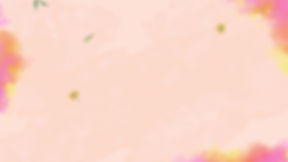

Pilonidal disease, presentation


Pilonidal disease was first described and named in the 19th century. The word pilonidal comes from Latin for "a nest of hairs", meaning, containing an accumulation of hairs.
This is an acquired disease (not present at birth), which occurs usually in the cleft between the buttocks (sacrococcygeal area, natal cleft, tailbone area). It can seldom occur in the navel (umbilicus) and rarely, in other locations.

Most researchers believe that the primary event is an infection within a hair follicle and sebaceous gland unit (pimple, zit), leading to formation of a cavity beneath the skin with small openings (pits) in the skin, along the natal cleft.

As a secondary event, loose hairs or ingrowing hairs invade these pockets though the openings in the skin.
Pilonidal skin openings enable entrance of bacteria to the hair-containing cavities. The combination of bacteria in a semi-closed cavity with a "foreign body" (hair), promotes local continuous infection and prevents permanent resolution. Infection may spread from the bottom of the cleft, in the direction of the lower back, laterally toward the buttocks or distally toward the anal region, creating tracts under the skin and secondary exit wounds in these regions (fistulas).

Pilonidal disease is prevalent in youngsters aging 15-25 years, but can occur at a younger or older age. Males are affected about 4 times more than females and are also more prone to recurrence after treatment.Local pain, discomfort while sitting, bloody or smelly discharge from the skin openings and a local swelling, are all possible signs of the disease and may go on for years with temporary ups and downs.
Occasionally, an abscess forms following acute infection, causing local swelling with intense tenderness and pain and requiring urgent surgical drainage (lancing).
